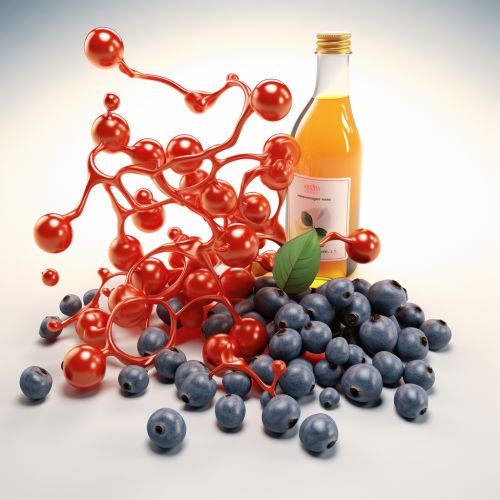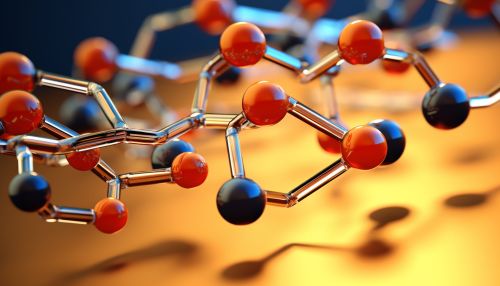Pentose phosphate pathway
Overview
The Pentose phosphate pathway (PPP), also known as the phosphogluconate pathway or the hexose monophosphate shunt, is a metabolic pathway parallel to glycolysis. It is a crucial cellular process that generates NADPH and pentoses (5-carbon sugars) as well as ribose 5-phosphate, a precursor for the synthesis of nucleotides. While glycolysis is common to virtually all cells, the pentose phosphate pathway is most prominent in liver and adipose tissue, where the demand for NADPH is highest.


Function
The primary function of the pentose phosphate pathway is to generate NADPH and ribose 5-phosphate. NADPH is a reducing agent, required for biosynthetic reactions such as fatty acid synthesis, cholesterol synthesis, drug reduction, and as a cofactor for certain non-synthetic enzymatic reactions. Ribose 5-phosphate is required for the synthesis of nucleotides and nucleic acids. The pentose phosphate pathway is also an important source of Erythrose 4-phosphate for the synthesis of aromatic amino acids.
Pathway
The pentose phosphate pathway consists of two distinct phases: the oxidative phase and the non-oxidative phase. The oxidative phase is irreversible and results in the generation of NADPH. The non-oxidative phase is reversible and is responsible for the synthesis of 5-carbon sugars.
Oxidative Phase
The oxidative phase of the pentose phosphate pathway begins with the dehydrogenation of glucose-6-phosphate, catalyzed by the enzyme glucose-6-phosphate dehydrogenase (G6PD). This reaction produces 6-phosphoglucono-δ-lactone and a molecule of NADPH. The 6-phosphoglucono-δ-lactone is then hydrolyzed to 6-phosphogluconate by the enzyme 6-phosphogluconolactonase. The final step of the oxidative phase is the decarboxylation of 6-phosphogluconate to ribulose 5-phosphate, catalyzed by the enzyme 6-phosphogluconate dehydrogenase. This reaction also produces a second molecule of NADPH.
Non-Oxidative Phase
The non-oxidative phase of the pentose phosphate pathway involves a series of reactions that convert ribulose 5-phosphate into other sugars. These reactions are catalyzed by a series of enzymes, including transketolase and transaldolase. The end products of the non-oxidative phase include glyceraldehyde 3-phosphate and fructose 6-phosphate, which can be fed into the glycolytic pathway, and erythrose 4-phosphate, which is a precursor for the synthesis of aromatic amino acids.
Regulation
The pentose phosphate pathway is primarily regulated by the availability of the substrate glucose-6-phosphate and the demand for NADPH. High levels of NADPH inhibit the enzyme glucose-6-phosphate dehydrogenase, thereby slowing the rate of the pathway. Conversely, when the demand for NADPH is high, as in the case of fatty acid synthesis, the activity of the pathway increases.
Clinical Significance
Deficiencies in the enzymes of the pentose phosphate pathway can lead to a variety of clinical conditions. The most notable of these is G6PD deficiency, an X-linked recessive disorder that results in hemolytic anemia. This condition is due to the increased susceptibility of red blood cells to oxidative stress, as they rely heavily on the pentose phosphate pathway for the generation of NADPH.
